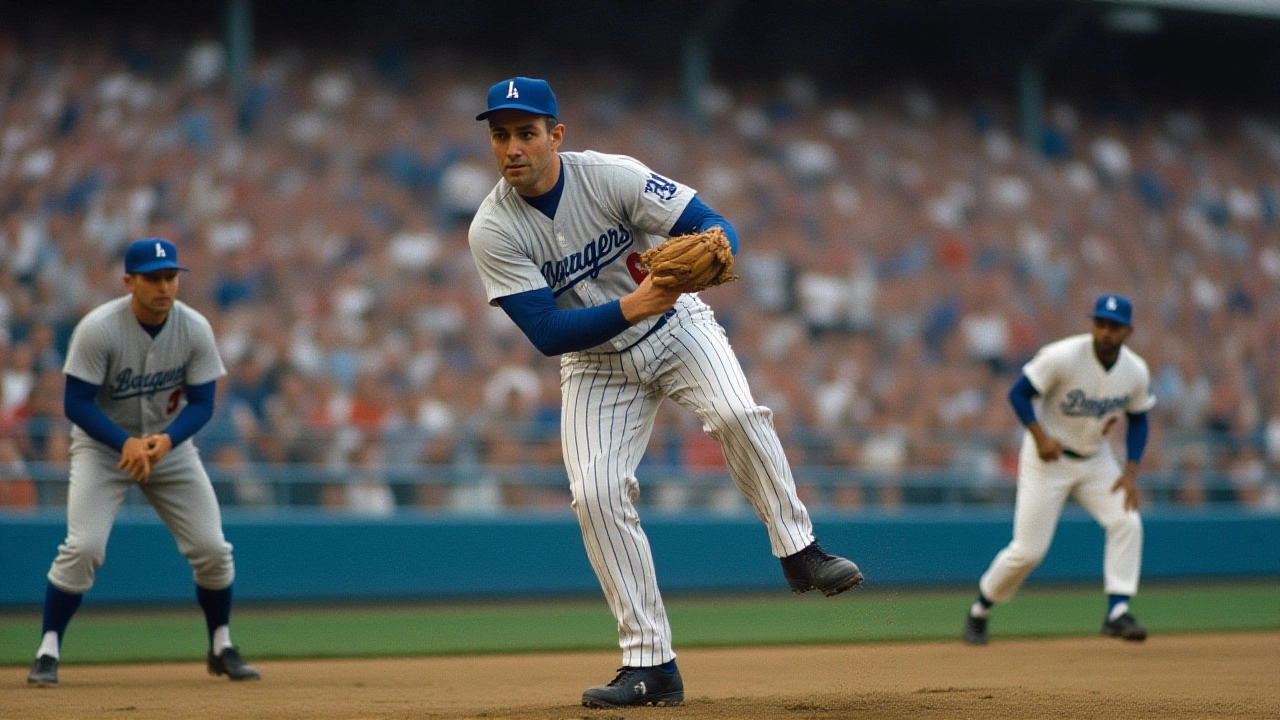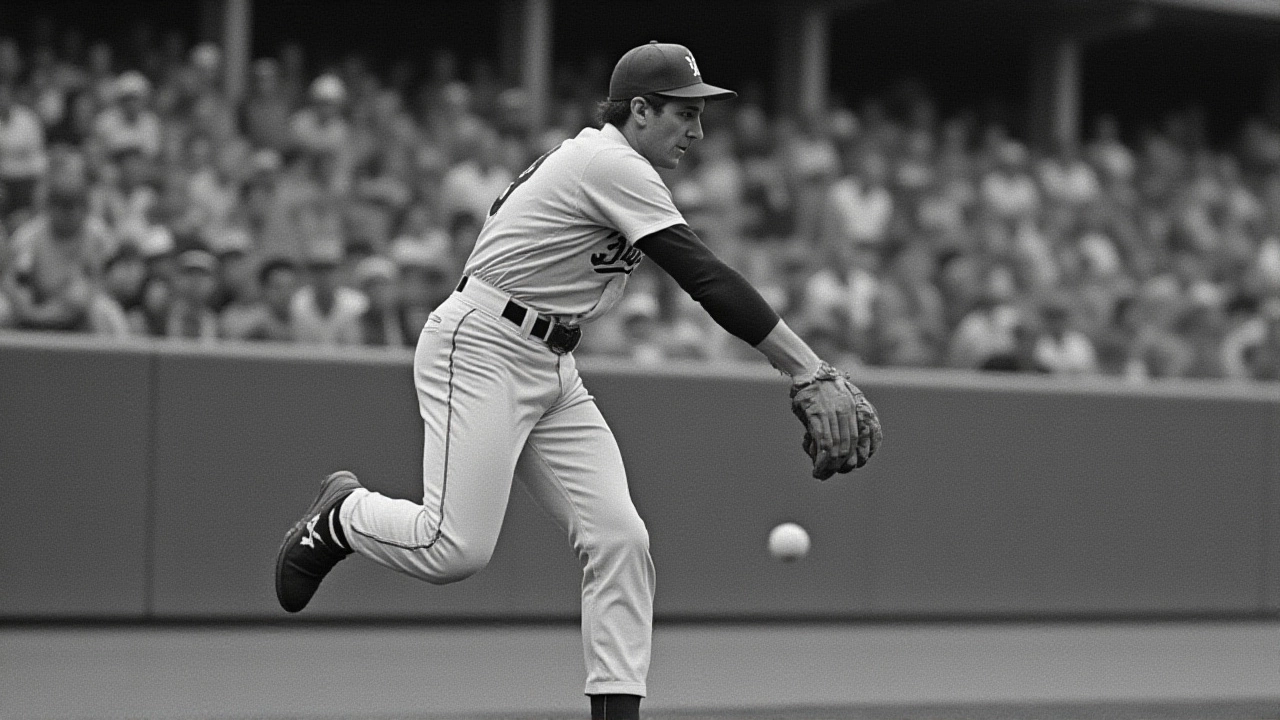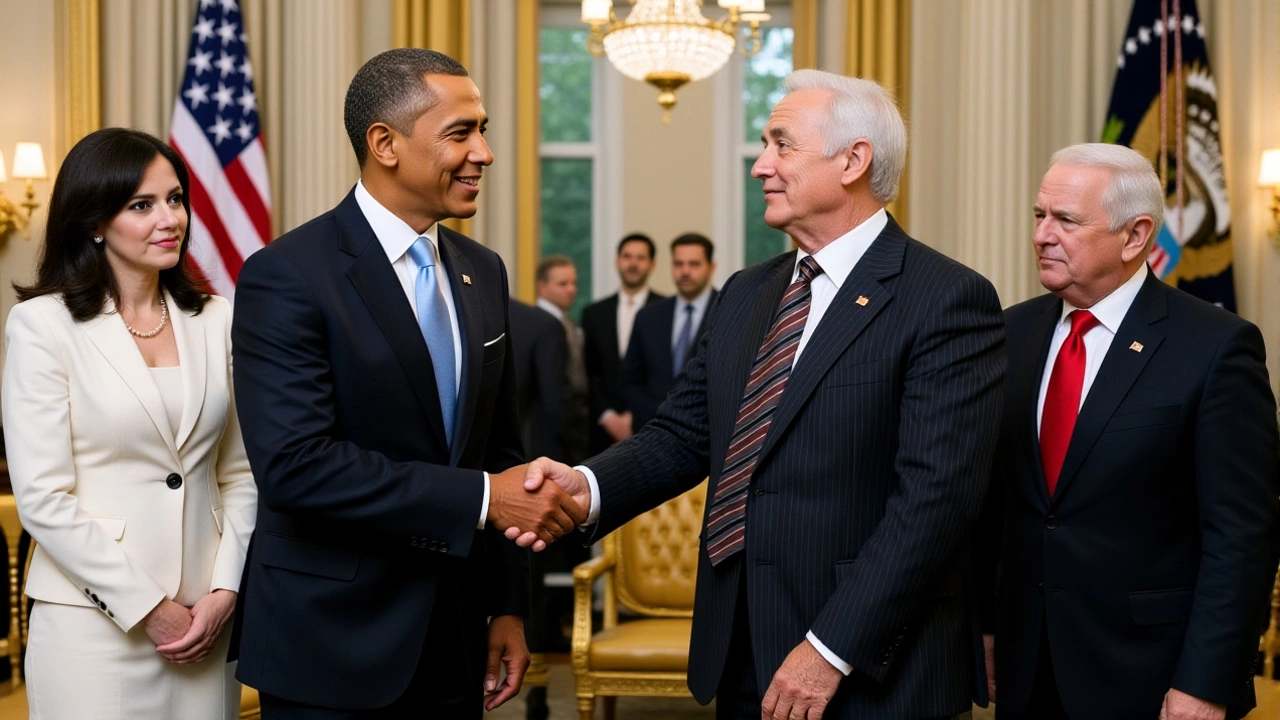28 Oct 2025
- 0 Comments
On October 6, 1965, Sandy Koufax didn’t take the mound at Metropolitan Stadium in Bloomington, Minnesota—not because he was injured, not because he was benched, but because it was Yom Kippur. The Los Angeles Dodgers’s legendary left-hander, already a three-time Cy Young Award winner and the most dominant pitcher of his generation, chose prayer over performance. In a sport where superstition often outweighs conscience, his quiet defiance became a seismic moment—not just in baseball, but in American Jewish identity.
A Star Built on Silence and Speed
Born Sanford Braun in Brooklyn in 1935, Koufax wasn’t even the best baseball player in his family. He played basketball first, at the Edith and Carl Marks Jewish Community House, and only took pitching seriously after being signed by the Brooklyn Dodgers in 1954. By 1961, he’d transformed from a wild, inconsistent arm into a pitcher who could make batters look foolish with a single fastball. From 1962 to 1966, he led the National League in ERA every single year. He threw four no-hitters, including a perfect game against the Chicago Cubs on September 9, 1965. His 2,396 career strikeouts were seventh all-time when he retired. He averaged more than nine strikeouts per nine innings—a figure no one had ever matched. At his peak, he was untouchable.
The Decision That Changed Everything
The 1965 World Series was set to begin on October 6. The date wasn’t chosen with Jewish players in mind. The commissioner’s office had finalized the schedule on September 8, when the Dodgers were still trailing San Francisco. Koufax, who had grown up attending synagogue on the High Holy Days but wasn’t religiously observant in daily life, consulted no rabbi before making his call. He told the Associated Press on October 1: “I haven’t really talked about it to a rabbi… If I’m told it isn’t proper to pitch, then I won’t, because I wouldn’t feel right about it.” He didn’t need permission. He needed peace.
His manager, Walter Alston, didn’t argue. Owner Walter O’Malley didn’t pressure him. Fellow pitcher Claude Osteen later said, “Sandy was such a star on our club, we said, ‘If this is Sandy’s decision, then it’s okay.’” And so, 1965 World Series Game One went to Don Drysdale. The Dodgers won anyway. But history didn’t remember the win. It remembered the absence.

Why It Mattered More Than the Win
In 1965, antisemitism wasn’t shouted from podiums—it was whispered in clubhouses, hidden in housing covenants, and baked into elite university admissions. Jews were expected to assimilate: change their names, work on Saturdays, ignore the holidays. Koufax didn’t just refuse to pitch—he refused to erase himself. His choice wasn’t loud, but it was unmistakable. For a generation of Jewish Americans who’d been taught to downplay their identity to fit in, here was a hero who didn’t apologize for being Jewish. He didn’t need to be a rabbi to be a symbol.
He wasn’t alone in this. Hank Greenberg had sat out a game in 1934 for Yom Kippur, but Koufax’s moment landed in a different America—television was everywhere, and the Dodgers were a national phenomenon. His decision was broadcast into living rooms across the country. Larry Ruttman, author of American Jews and America’s Game, put it simply: “I think it was a matter of conscience with both of them.”

The Legacy Beyond the Stat Sheet
Koufax retired at 30, after the 1966 season, his arm worn out from throwing 1,000+ innings in just six dominant years. He and Don Drysdale had also become labor pioneers, staging a joint holdout for fairer pay—helping launch the modern players’ union. But it was his choice on Yom Kippur that cemented his place in cultural history.
Today, outside Dodger Stadium, two statues stand tall: Jackie Robinson, who broke baseball’s color barrier, and Sandy Koufax, who broke the silence around Jewish identity in America’s pastime. One stood up against segregation. The other stood up for faith.
At 79, Koufax told ESPN: “There was no hard decision for me. It was just a thing of respect. I wasn’t trying to make a statement, and I had no idea that it would impact that many people.” But it did. And it still does.
Frequently Asked Questions
Why was Koufax’s decision on Yom Kippur so significant in 1965?
In 1965, many American Jews felt pressure to assimilate—working on Saturdays, avoiding public displays of faith. Koufax, at the peak of his fame, chose to honor Yom Kippur despite the World Series’ national spotlight. His action challenged the expectation that Jews must downplay their identity to succeed, making him an unexpected icon for religious pride in a time of quiet discrimination.
Did Koufax face backlash from the Dodgers or fans for sitting out?
No significant backlash occurred. Dodgers owner Walter O’Malley and teammates like Claude Osteen publicly supported him. Fans were divided, but most respected the decision, especially after the Dodgers won Game One without him. The media framed it as a matter of personal integrity, not protest, which helped shield Koufax from criticism.
How did Koufax’s Jewish identity affect his career before 1965?
Koufax faced antisemitic slurs from some teammates and endured subtle exclusion in a sport where Jewish players were rare. Black teammates like Jackie Robinson recognized his struggles and welcomed him, forming bonds over shared experiences of marginalization. He never hid his background, even when it wasn’t popular—something that made his 1965 choice feel authentic, not performative.
Is Koufax the only Jewish player to sit out for a religious holiday?
No—Hank Greenberg sat out a crucial 1934 game for Yom Kippur while playing for the Detroit Tigers. But Koufax’s decision carried far greater cultural weight because it happened during the TV era, with the Dodgers as a national team, and at the height of his fame. Greenberg’s act was respected; Koufax’s became legendary.
Why is Koufax honored with a statue at Dodger Stadium alongside Jackie Robinson?
Robinson broke baseball’s color barrier; Koufax broke the silence around Jewish identity in mainstream American sports. Both stood up for dignity under pressure. Their statues together send a powerful message: inclusion isn’t just about race—it’s about faith, conscience, and the courage to be yourself, even when the whole world is watching.
What impact did Koufax’s decision have on future Jewish athletes?
Koufax’s stand gave future Jewish athletes permission to prioritize their beliefs without fear of being seen as “not American enough.” Players like Ryan Braun and Ian Kinsler have cited Koufax as inspiration when making similar choices. His legacy isn’t just in strikeouts or perfect games—it’s in the quiet confidence to be both elite and authentic.
